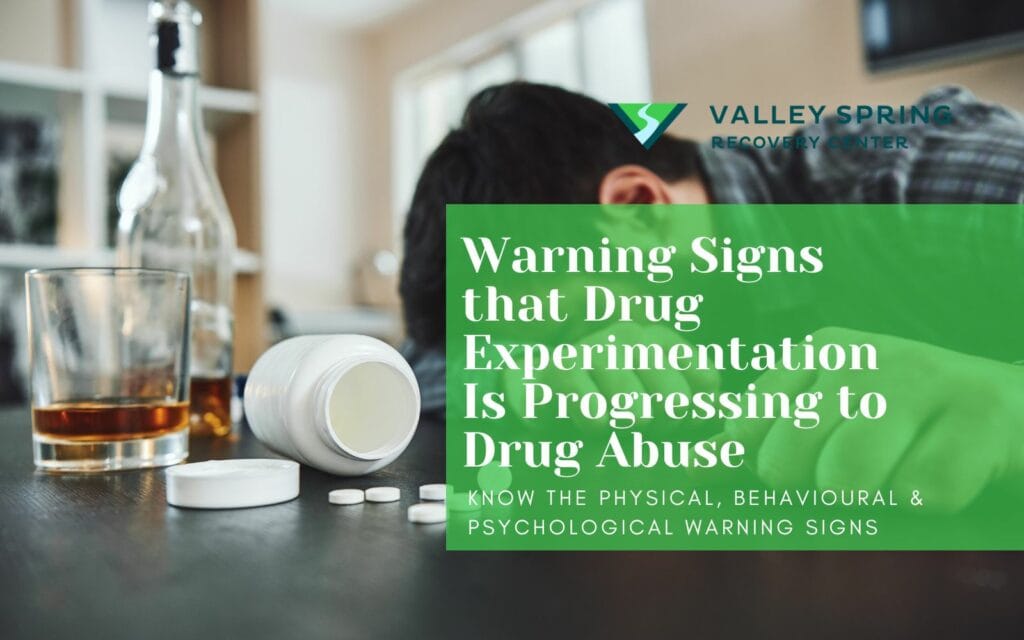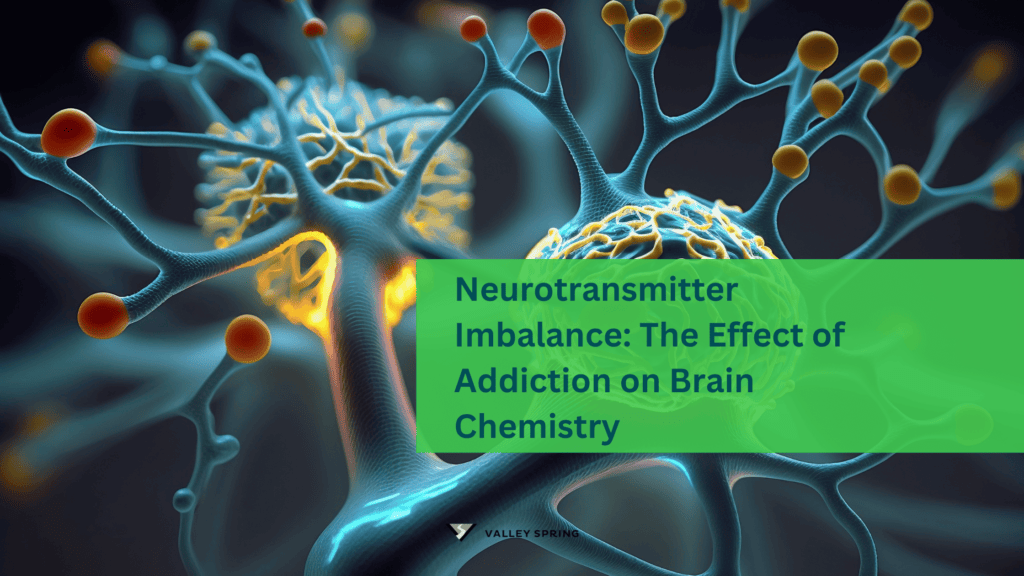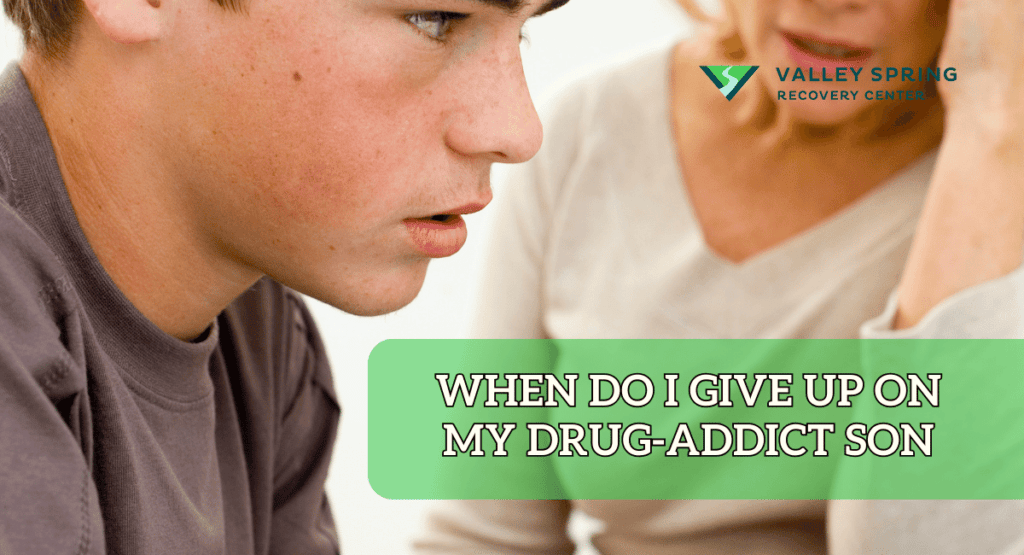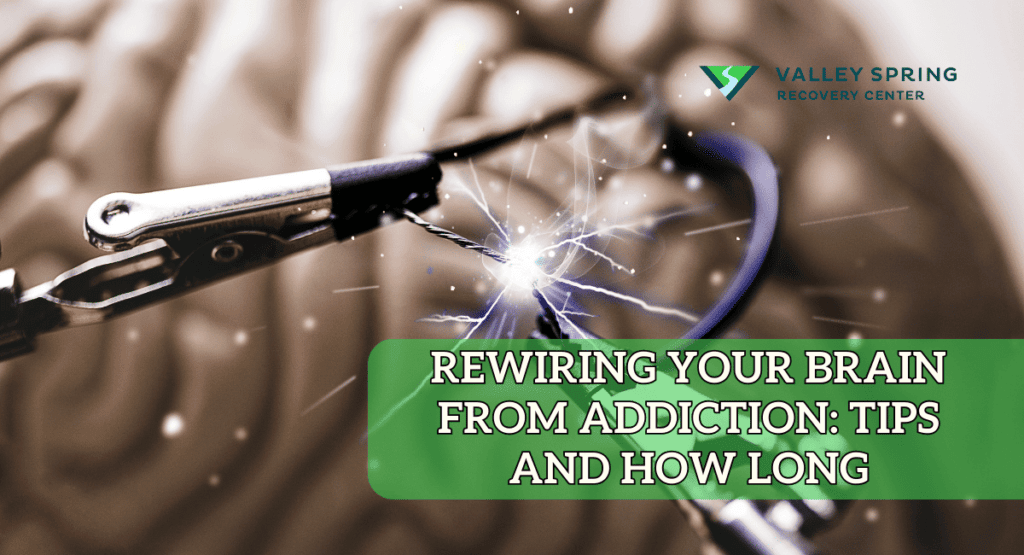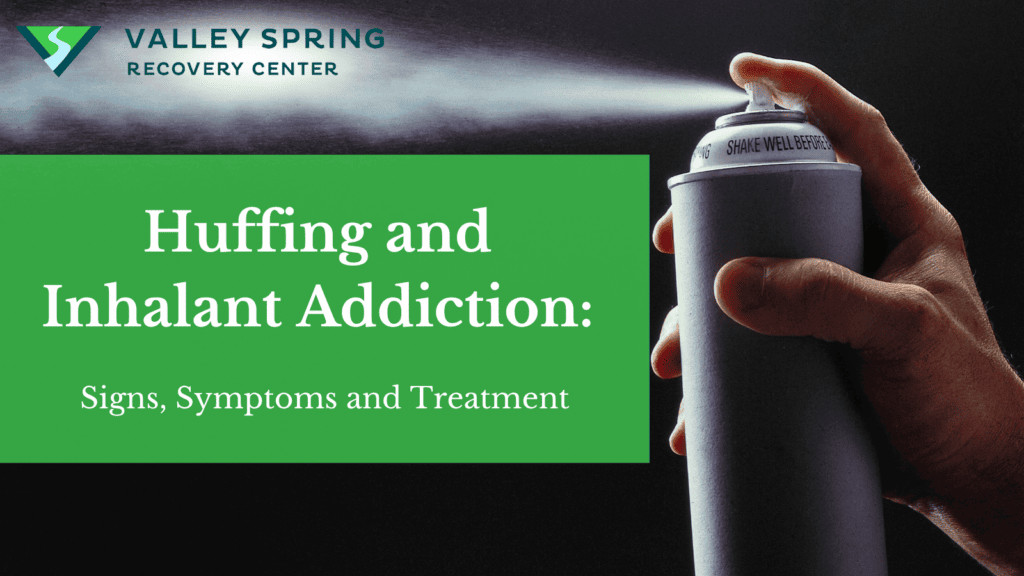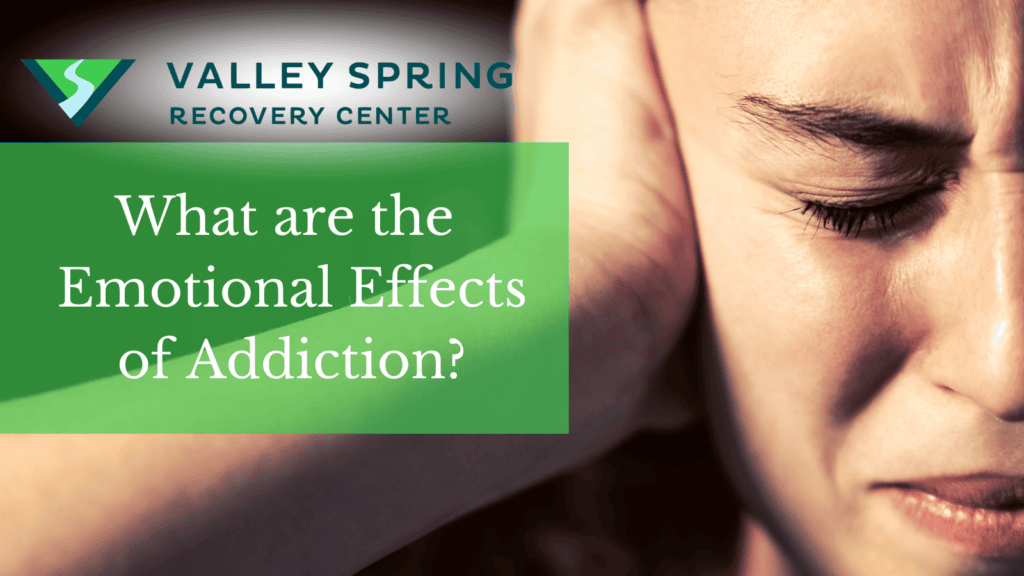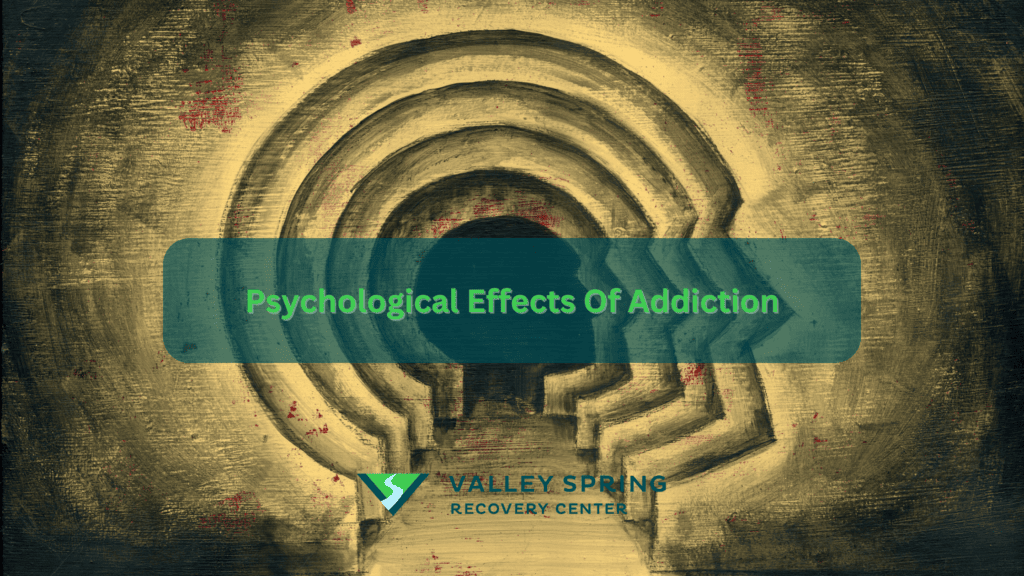Engaging in substance experimentation is a common occurrence among individuals, but it’s crucial to recognize the signs when this experimentation transforms into drug abuse and addiction. Understanding the stages of addiction is paramount to identifying these shifts. Experimentation, often a natural part of human curiosity, can lead to drug addiction when not monitored.
What are the top Warning signs that drug experimentation is progressing into drug abuse?
The top warning signs that drug experimentation is progressing to drug abuse include risk-taking behaviors, neglecting responsibilities, legal troubles, physical changes like bloodshot eyes and changes in appetite, behavioral shifts such as a drop in performance and secretive actions, and psychological changes including mood swings and paranoia.
1. Common signs and symptoms of drug abuse
Common signs of increasing drug usage include engaging in risk-taking behaviors, such as driving under the influence or having unprotected sex while under the influence of drugs or alcohol. Another sign is neglecting responsibilities at school, work, or home, which manifest as a decline in academic or job performance. Additionally, experiencing legal trouble, such as arrests for disorderly conduct or driving under the influence, can also indicate escalating drug usage.
A parent, coworker, boss or partner might notice signs of increasing drug usage in the substance user through changes in behavior or lifestyle. Key indicators include risk-taking behaviors, such as driving under the influence, neglecting responsibilities at school, work, or home, which could manifest as poor academic or job performance, and legal issues, like arrests for disorderly conduct. These signs reflect a shift towards prioritizing drug use over personal, academic, or professional commitments, signaling a concerning escalation in substance use.
An experimental user might notice their use escalating to abuse by observing their increased frequency and quantity of drug use, a growing preoccupation with obtaining and using the drug, and the onset of withdrawal symptoms when not using. Additionally, if drug use begins to interfere with daily responsibilities, relationships, or leads to risky behaviors, these could be clear indicators that experimental use has transitioned into abuse.
2. Physical warning signs of drug abuse
Physical warning signs of drug abuse can manifest in several noticeable ways. Bloodshot eyes or unusual pupil size, either larger or smaller than normal, can be a clear indicator. Changes in appetite, sleep patterns, and physical appearance also serve as significant signs. Additionally, unusual smells on the breath, body, or clothing, along with impaired coordination, are telltale signs of drug abuse. These physical symptoms reflect the body’s reaction to substances and can vary depending on the type of drug used.
3. Behavioural signs of drug abuse
The physical warning signs of drug abuse, such as bloodshot eyes, unusual pupil size, changes in appetite, sleep patterns, physical appearance, unusual smells, and impaired coordination, offer a comprehensive overview from various perspectives. Healthcare professionals might focus on the medical implications, educators on the impact on academic and social life, family members on the emotional strain and the need for support, and recovering individuals on the importance of recognizing these signs for recovery. Each viewpoint underlines the critical nature of these signs in identifying and addressing drug abuse.
4. Psychological warning signs of drug abuse
The psychological warning signs of drug abuse encompass unexplained changes in personality or attitude, sudden mood swings, irritability, spaced-out behavior, or angry outbursts, and appearing fearful, anxious, or paranoid without an apparent reason. These signs indicate the profound impact substances can have on an individual’s mental and emotional state, often reflecting the internal struggle or distress caused by drug dependency. Recognizing these signs is crucial for timely intervention and support.
| Number | Category | Warning Signs |
|---|---|---|
| 1 | Common Signs and Symptoms | Engaging in risk-taking behaviors, neglecting responsibilities, experiencing legal trouble. |
| 2 | Physical Warning Signs | Bloodshot eyes, unusual pupil size, changes in appetite and sleep patterns, unusual smells, impaired coordination. |
| 4 | Psychological Warning Signs | Unexplained changes in personality or attitude, sudden mood swings, irritability, appearing fearful or paranoid. |
It’s crucial to recognize these warning signs early on to prevent the progression of substance use into a more severe disorder. If you or someone you know is experiencing these signs, consider reaching out to a professional or a helpline for guidance.
What is the likelihood that drug experimentation will evolve into drug abuse?
The likelihood that drug experimentation will evolve into drug abuse varies significantly depending on a multitude of factors. It’s important to note that not everyone who experiments with drugs will develop an abuse problem or addiction. The transition from experimentation to abuse is influenced by genetic, psychological, environmental, and social factors.
- Genetic Factors: Research indicates that genetics can play a significant role in an individual’s susceptibility to addiction. Those with a family history of substance abuse 40% to 60% higher risk of becoming addicted due to genetics according to Dr. Glen Hanson.
- Psychological Factors: Individuals struggling with mental health issues like depression, anxiety, or trauma are more likely to progress from experimentation to abuse as they might use drugs as a coping mechanism.
- Environmental Factors: Exposure to environments where drug use is normalized can increase the risk of transitioning from experimentation to regular use and abuse. This includes factors like peer pressure, family attitudes towards drug use, and availability of drugs.
- Social Factors: Lack of social support, stressful life events, and peer groups that use drugs can contribute to the progression from experimentation to abuse.
- Age of First Use: Early exposure to drugs in adolescence can increase the risk of developing substance abuse problems later in life due to the impact on the developing brain.
- Nature of the Substance: Certain drugs have higher addictive potentials. For instance, opioids, cocaine, and methamphetamine are considered highly addictive, even after a short period of use.
- Method of Use: Injecting or smoking drugs can increase their addictive potential compared to other methods of ingestion, like swallowing.
What are the 6 stages of addiction in order?
The 6 stages of addiction in order are:
- Experimentation Stage
- Risky Use/Abuse Stage
- Tolerance and dependence
- Drug Addiction and Chemical Dependencies Stage
- Recovery
- Relapse
1. Experimentation Stage
Drug experimentation, often the initial phase of drug addiction, is influenced by a combination of genetic and environmental factors, socio-economic status, and personal behavioral tendencies. While experimentation may be accepted or even encouraged, particularly among young individuals, it carries the risk of evolving into substance use disorders. In the case of adults, experimentation during social changes or new job environments can escalate into more serious issues. Positive outcomes, such as social acceptance or stress relief, may reinforce experimental drug use.
2. Risky Use/Abuse Stage
Transitioning from experimental use of drugs to abuse can occur rapidly, with the user engaging in higher quantities of drug use which may start to occur more frequently. During this stage, individuals may engage in risky behaviors and use too much or even black out. Drug abuse is associated with a higher likelihood of engaging in high-risk behaviors such as driving under the influence and experiencing emotional volatility. Monitoring changes in mood, behavior, and the emergence of early physical symptoms of addiction becomes crucial during this stage. Personal concerns and feelings of shame may develop, but individuals often justify or make excuses for their behavior.
3. Drug Tolerance and Chemical Dependencies Stage
The tolerance and dependence stage of addiction is characterized by continued drug use that has mental and physical dependence. Common manifestations include the deterioration of physical and mental health, poor job performance or loss, and engagement in criminal activities. Personal relationships are jeopardized or lost due to drug use. Progressing beyond stage four into recovery often occurs after reaching a rock bottom, such as arrest, near-death experience, or the loss of a loved one. This stage is emotionally challenging, and peer and family support is crucial but can be a strain or even impossible.
4. Drug Addiction
Drug addiction, clinically known as substance use disorder, is a chronic and complex brain disease characterized by the compulsive use of drugs despite harmful consequences. It involves changes in the functioning of the brain and body, leading to an intense craving for the substance, a lack of control over its use, and continued engagement in substance abuse despite physical, psychological, and social harm. Addiction disrupts regions of the brain responsible for reward, motivation, learning, judgment, and memory, creating a cycle of cravings and dependency that can be challenging to break. It’s not merely a matter of willpower; prolonged drug use alters brain chemistry, making it difficult for individuals to cease use without medical and psychological assistance. Drug addiction can encompass a range of substances, including prescription medications, illicit drugs, and alcohol, each with varying effects but similarly disruptive impacts on an individual’s health and functioning.
5. Recovery
Recovery from drug addiction and sobriety refers to the process and state of overcoming addiction to drugs or alcohol and maintaining a drug-free lifestyle. Recovery is a multifaceted journey that involves not only abstaining from substance use but also encompasses a transformative healing process, addressing the physical, psychological, and behavioral aspects of addiction. It often involves various treatments like detoxification, therapy, medication-assisted treatments, support groups, and lifestyle changes. Sobriety, a key component of recovery, is the ongoing state of abstaining from addictive substances. However, recovery from addiction extends beyond mere abstinence; it’s a continuous, lifelong commitment to personal growth, healthier coping mechanisms, and rebuilding damaged relationships and responsibilities. The path to recovery is unique for each individual and is marked by improved health, wellness, and a renewed sense of purpose and fulfillment, free from the constraints of addiction.
6. Relapse
Drug addiction relapse is the return to drug use after an attempt to stop or a period of sobriety. It is a common and often expected part of the recovery process, reflecting the chronic nature of addiction. Relapse does not signify failure but rather indicates a need for readjustment in treatment or approach. It often occurs when coping mechanisms fail to handle triggers such as stress, environmental cues, or exposure to the drug itself. Relapse can vary in duration and intensity and require the individual to re-engage with treatment programs, support systems, or therapy. Understanding and planning for the possibility of relapse is a crucial aspect of long-term addiction management, as it provides an opportunity to learn from the experience and strengthen the overall recovery strategy. Recognizing relapse as a part of the journey, rather than an endpoint, is essential in the effective treatment of drug addiction.
What are the 5 elements of addiction?
According to a study done by SAMHSA, the five common elements of addiction are:
- Feeling Different:
- Addiction often begins with a process where individuals pursue a behavior for appetitive effects or motives, such as pain reduction or affect enhancement.
- Addictive behaviors serve hedonistic or nurturant motives, contributing to a shift in the subjective experience of self.
- Some individuals report feeling “different” from others long before developing readily identifiable addictions.
- Preoccupation with the Behavior:
- Excessive thoughts about and desire to perform the addictive behavior are common in addiction.
- Individuals spend significant time planning, engaging in, and recovering from the behavior, leading to a “spillover” into various dimensions of daily life.
- Tolerance, withdrawal, and craving are key aspects, contributing to increasing preoccupation.
- Temporary Satiation:
- After acute engagement in addictive behavior, there is a period of satiation where urges are not operative, only to return later.
- Satiation involves distraction from life problems or feeling temporarily self-sufficient, contributing to an iterative pattern of behavior.
- Loss of Control:
- Loss of control is a historical and significant aspect of addiction, where individuals desire to stop the behavior but struggle to predict or control its initiation, manifestation, or cessation.
- Incomplete memory access and impulsiveness are associated with the loss of control, as individuals disregard self-care and struggle with self-control.
- Negative Consequences:
- Negative consequences, such as physical discomfort, social disapproval, financial loss, or decreased self-esteem, tend to ensue due to engaging in addictive behavior.
- Continuing the behavior despite negative consequences be driven by the cognitive salience of immediate gratification and fear of coping with stress and life experiences without the addiction.
What are the 4 c’s of addiction?
The 4 C’s of addiction involve craving, loss of control, compulsion, and continued use despite consequences. These factors collectively contribute to the cycle of substance abuse.
What are the stages of drug addiction recovery?
Drug addiction recovery typically includes four stages: experimentation, regular use, dependence, and recovery. Each stage requires tailored interventions to address the unique challenges individuals face in their journey to sobriety.
What is the relapse stage of change?
The relapse stage within the Transtheoretical Model of addiction, acknowledges that setbacks are part of the process. Individuals revert to previous behaviors but can re-enter the cycle, emphasizing the importance of ongoing support and coping strategies.
Which stage of change is described as having the greatest risk of relapse?
The stage in the addiction cycle with the highest risk of relapse is the maintenance stage. Despite achieving initial recovery, individuals in maintenance must continuously manage challenges to prevent relapse, highlighting the ongoing need for support and coping mechanisms.
What risk factor can cause increased substance abuse?
Compulsive drug seeking and use, regardless of negative consequences, is a key element leading to substance abuse. Here are the risk factors that can cause increased substance abuse:
- Peer pressure, especially for young people, plays a significant role in starting and misusing drugs.
- Lack of family involvement and difficulties in family relationships contribute to the risk of drug experimentation and abuse.
- Environmental factors, such as high drug availability, poverty, lack of laws, and societal norms, can raise the risk of developing substance addiction.
- Exposure to conflict increases the risk of population-level prevalence of drug use.
- A study published in NIH on Dec, 2022 states that evaluating patients with substance abuse histories found that childhood abuse victims had a higher likelihood of substance abuse issues.
What are the types of substance abuse?
Substance abuse encompasses drug abuse, substance use disorder, and substance misuse disorder. It involves the harmful use of drugs or alcohol, leading to physical and psychological consequences. This broad category includes various substances and methods of misuse.
What are the stages of substance abuse?
Substance abuse involves several stages, including experimentation, regular use, dependence, addiction, and relapse. Recognizing these stages is crucial for effective prevention, intervention, and treatment strategies to address the complexities of substance misuse.
How drug abuse and addiction develop?
Drug abuse and addiction are complex issues that can develop due to a combination of factors. According to the National Institute on Drug Abuse (NIDA), addiction is a chronic disease characterized by drug seeking and use that is compulsive, or difficult to control, despite harmful consequences. The initial decision to take drugs is voluntary for most people, but repeated drug use can lead to brain changes that challenge an addicted person’s self-control and interfere with their ability to resist intense urges to take drugs.
Drugs change the brain in ways that make quitting hard, even for those who want to. Some factors that can contribute to the development of drug abuse and addiction include genetics, environment, age of first use, and the presence of other mental disorders.
Further, drug abuse and addiction can start with the experimental use of a recreational drug in social situations, and, for some people, drug use becomes more frequent. As drug use increases, a person needs larger doses of the drug to get high, and soon the user requires the drug just to feel good. If you or someone you know is struggling with drug abuse or addiction, it’s important to seek help from a medical professional or a treatment program.
What are some common drug addiction treatments?
- Detoxification (Detox):
Drug addiction demands diverse and targeted treatments, addressing both physical and psychological aspects. One crucial approach is detoxification (detox), specifically designed to tackle the physical withdrawal symptoms. It can either stand alone as a comprehensive treatment or serve as a precursor to further rehabilitation, aligning with the Ministry’s Advisory that emphasizes the need for a strategic Action Plan. - Outpatient Treatment:
Another treatment avenue involves outpatient care. Clients attend specialized treatment sessions at a facility while maintaining their residence at home. This approach, typically totaling no more than nine hours a week, seeks to strike a balance between necessary treatment and the demands of daily life. - Inpatient residential Treatment:
Inpatient residential rehab offers a more immersive experience, providing 24-hour care within a controlled environment. This approach is particularly beneficial for individuals dealing with serious medical conditions or mental disorders, ensuring continuous support throughout the challenging phases of recovery. - Medications for Addiction Treatment (MAT):
Medications for Addiction Treatment (MAT) play a pivotal role, especially for individuals grappling with a physical dependency on certain substances. When combined with counseling, MAT addresses the intricate changes in the brain and behavior associated with drug addiction. NIDA-supported research has played a crucial role in developing effective interventions in this realm. - Behavioral Therapies:
Behavioral therapies contribute significantly to the overall treatment approach. They help individuals understand the underlying causes of their substance use and assist in developing strategies to alter behavior and reduce drug use. - Family Services and Support:
Acknowledging the broader impact of addiction on relationships, family services and support, including therapy and support groups, play an essential role. This holistic approach provides support not only for the individual but also for their loved ones, recognizing the interconnected nature of the recovery journey. - Integrated Treatment:
For individuals facing co-occurring mental illness, integrated treatment becomes necessary. This approach coordinates treatment for both substance use and mental health, recognizing and addressing the intertwined challenges these individuals face.
Innovation in treatment includes unconventional approaches like deep brain stimulation and stereotactic cingulumotomy, indicating a dynamic and evolving landscape. Novel pharmacological approaches further highlight the continuous exploration of effective treatments.
It’s important to realize the risks that come with experimentation. The journey from experimentation to abuse has many details to consider. Warning signs, like changes in behavior and social interactions, can point towards a path to drug addiction. The impact of drug use goes beyond the individual, affecting relationships and society as a whole. Understanding these signs becomes even more critical with the increasing risk factors for drug use, calling for a practical and realistic approach. The progression from experimentation to drug abuse is not just a theoretical idea; it’s a clear and practical awareness that needs everyone’s effort for prevention and intervention.
Sources
Ben Fisher
All author postsShare This Post

